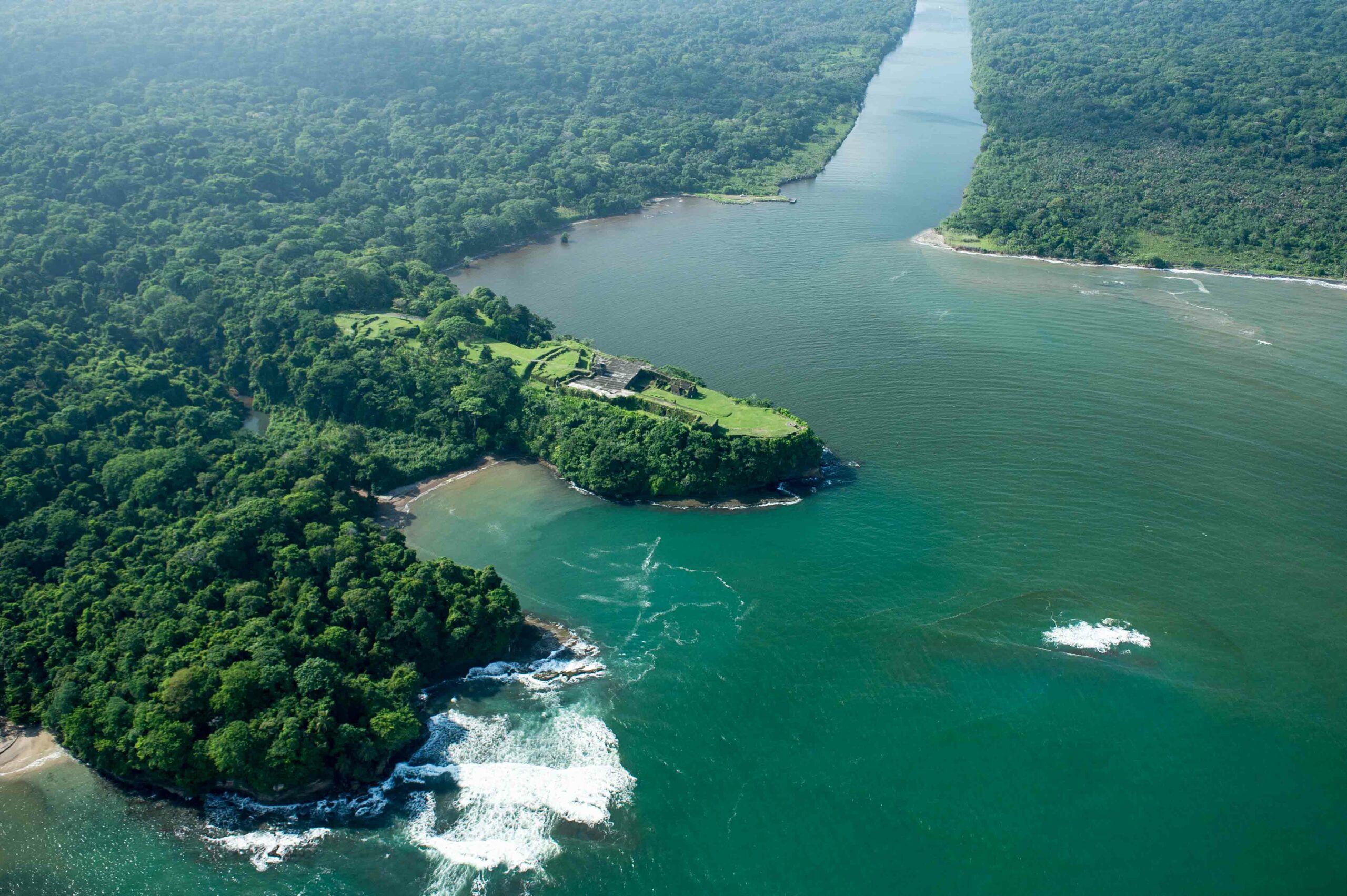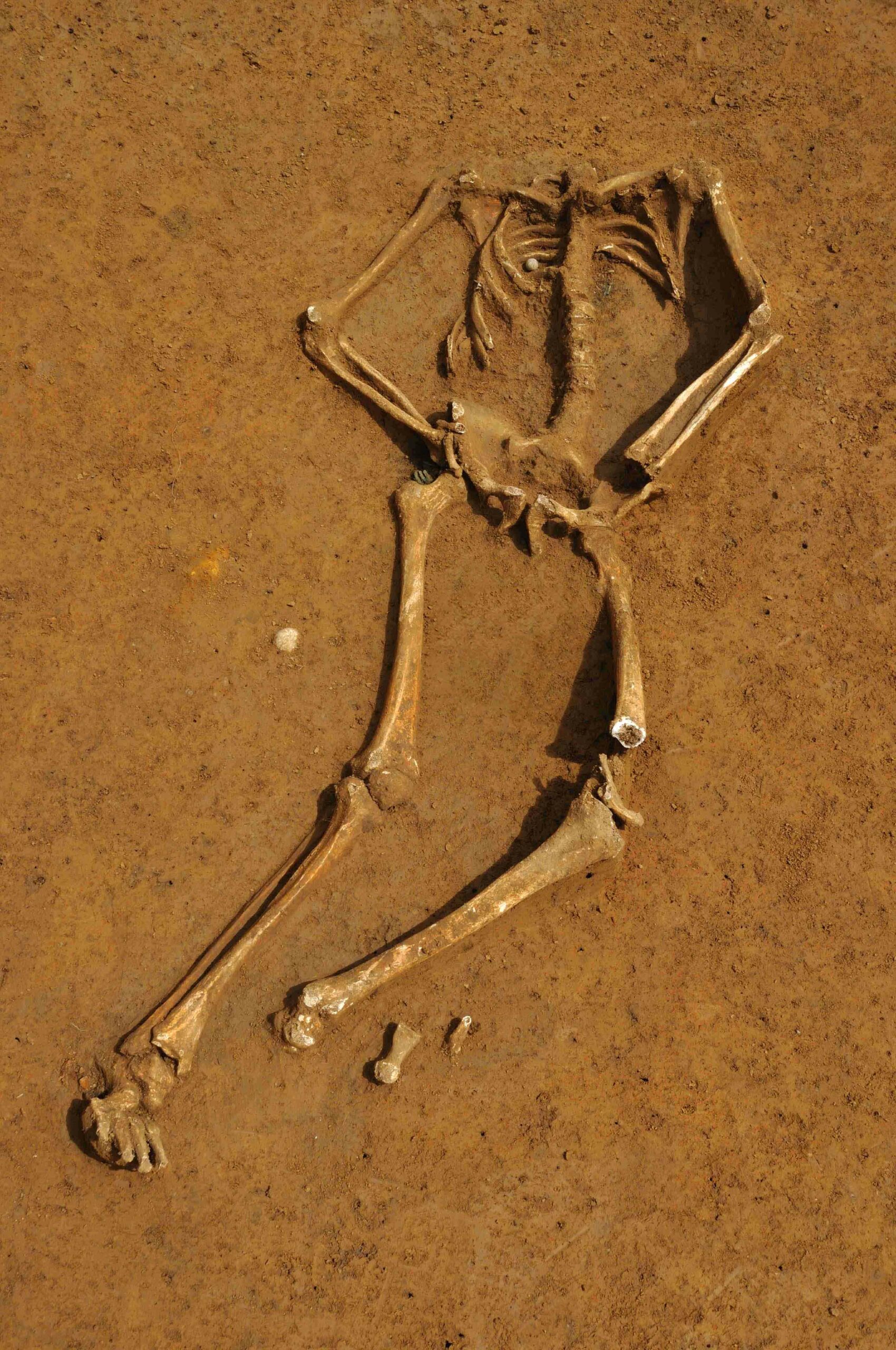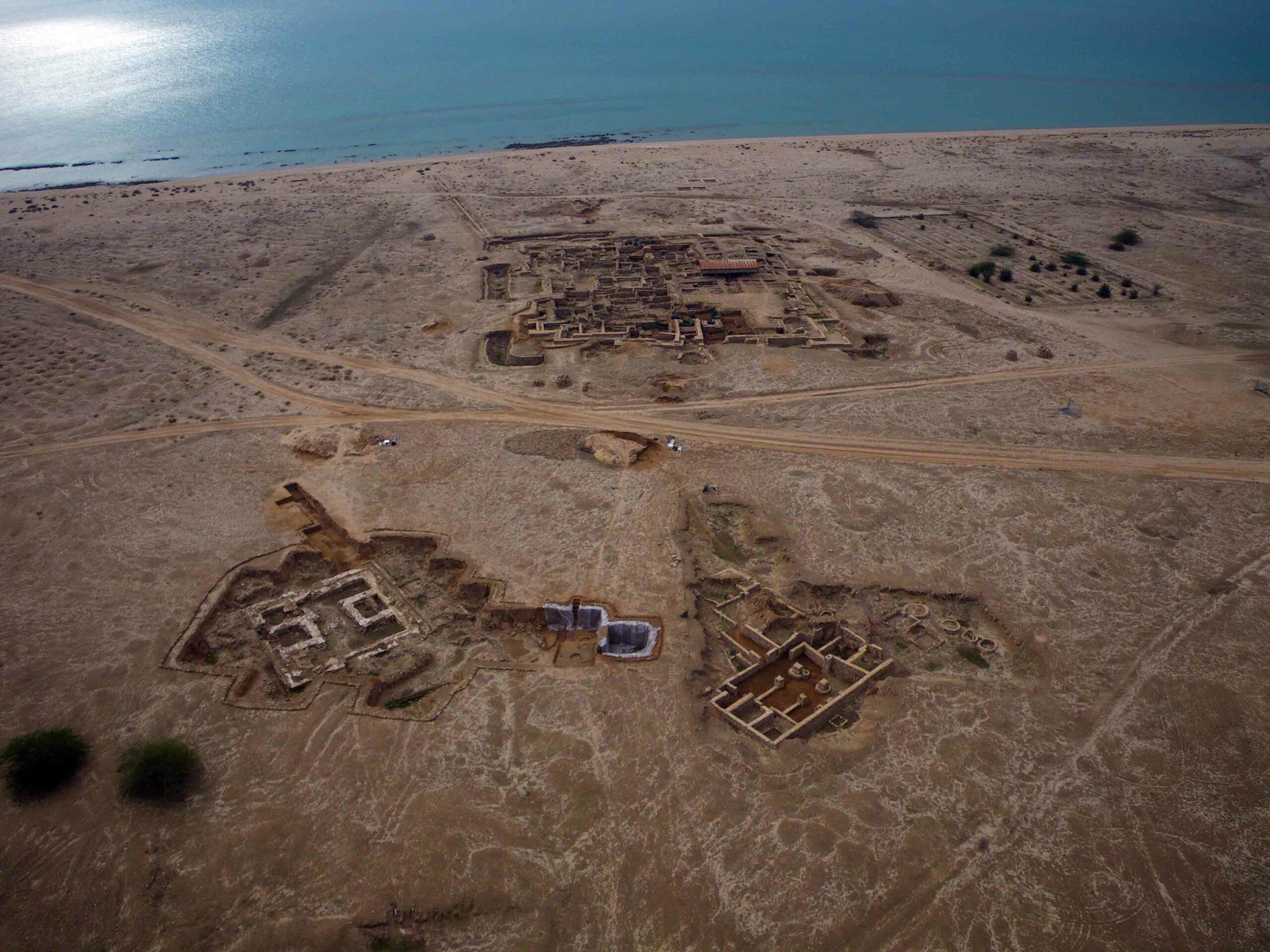CANBERRA, AUSTRALIA—As many as 3,000 people may have made up the founding population of Australia, according to a controversial new study Alan Williams of Australian National University. He used a database of radiocarbon dates obtained from Australian cooking pits, human burials, shell mounds, and charcoal deposits, thinking that the growth of the human population would be reflected in the number of surviving archaeological sites. By calculating the rate of change in the population over time, and then using the population estimate in 1788, when Europeans arrived, he estimates that the population 45,000 years ago must have been between 1,000 and 3,000 people. Estimates based on the genetic diversity of modern aboriginal Australians have suggested a considerably smaller founding population. “It’s not just a family that got stuck on a raft and washed away. It’s people with the intention to move, to explore,” he said.
The First Australians
News April 24, 2013
Recommended Articles
Artifacts July/August 2025
Maya Ceramic Figurine

Off the Grid July/August 2025
Vichama, Peru

Digs & Discoveries July/August 2025
Bound for Heaven

Digs & Discoveries July/August 2025
Saints Alive

-
Features March/April 2013
Pirates of the Original Panama Canal
Searching for the remains of Captain Henry Morgan's raid on Panama City
 (Courtesy Captain Morgan Rum Co.)
(Courtesy Captain Morgan Rum Co.) -
Features March/April 2013
A Soldier's Story
The battle that changed European history, told through the lens of a young man’s remains
 (Courtesy Dominique Bosquet)
(Courtesy Dominique Bosquet) -
Letter From Cambodia March/April 2013
The Battle Over Preah Vihear
A territorial dispute involving a 1,100-year-old Khmer temple on the Thai-Cambodian border turns violent
 (Masuru Goto)
(Masuru Goto) -
Artifacts March/April 2013
Pottery Cooking Balls
Scientific analyses and experimental ARCHAEOLOGY determine that mysterious, 1,000-year-old balls of clay found at Yucatán site were used in cooking
 (Courtesy Bolonchen Regional Archaeological Project)
(Courtesy Bolonchen Regional Archaeological Project)


